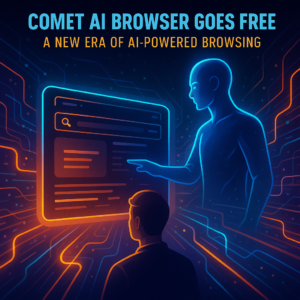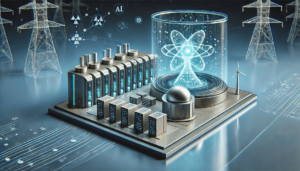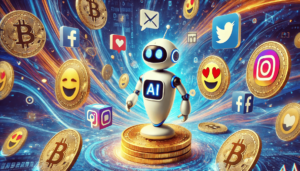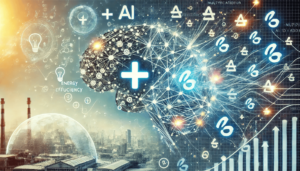Breaking New Ground with GPT-4o: A Leap Toward Omni-Modal AI
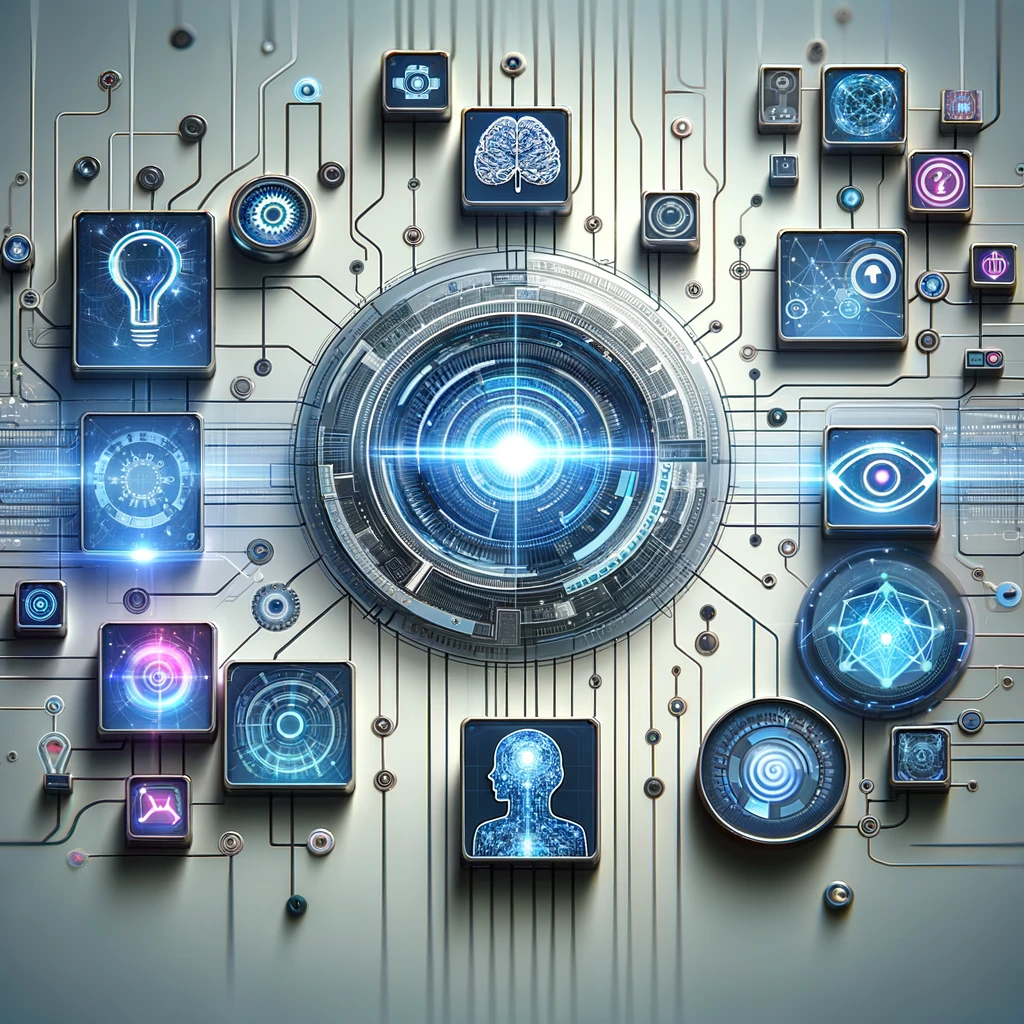
The Future of AI: GPT-4o and Multimodal Integration
- What is GPT-4o and how does it integrate multiple modalities like text, audio, image, and video?
- How does GPT-4o compare to previous models in terms of speed, efficiency, and cost?
- What are the potential applications and limitations of GPT-4o in real-world scenarios?
On May 13, 2024, OpenAI introduced GPT-4o, marking a significant leap in the evolution of artificial intelligence systems. The latest flagship model, dubbed “omni” for its ability to process and generate content across multiple modalities—text, audio, image, and video—promises to revolutionize human-computer interaction. As we stand on the brink of this new technological dawn, it’s essential to explore the capabilities, implications, and potential challenges posed by GPT-4o. Read the original announcement here.
Unprecedented Integration Across Modalities
GPT-4o’s most notable advancement lies in its integrated approach to processing diverse inputs and outputs. Unlike its predecessors, which were confined to specific types of data, GPT-4o can understand and generate a blend of text, audio, and visual content, facilitating a more dynamic interaction with users. This capability is not just a technical enhancement but a stride towards an AI that can operate seamlessly in human environments, understanding contextual subtleties and responding in real-time—a response time averaging 320 milliseconds, comparable to human reaction speeds in conversation.
Technical Breakthroughs and Enhancements
The development of GPT-4o involved significant technical refinements, achieving a 50% cost reduction and doubling the speed compared to the previous model, GPT-4 Turbo. These improvements are not just about efficiency but also about accessibility, allowing broader usage of sophisticated AI tools at reduced costs. Furthermore, GPT-4o exhibits superior performance in understanding non-English languages and audiovisual data, indicating OpenAI’s commitment to creating a more inclusive and globally attuned AI.
Exploring the Multi-Dimensional Capabilities
From customer service simulations to real-time translations and interactions, GPT-4o’s capabilities suggest a multitude of applications. Imagine an AI that can not only translate spoken language in real-time but also recognize and interpret nuances of tone and context, or an educational tool that explains concepts through a combination of voice, text, and visual aids, adapting its teaching style to the learner’s responses.
Safety and Ethical Considerations
With great power comes great responsibility. OpenAI recognizes this, as evidenced by their rigorous safety protocols and extensive red-teaming with external experts to identify and mitigate potential risks. This proactive approach to safety is crucial, especially as AI systems become more capable and autonomous. The ability of GPT-4o to operate across different modalities also raises important questions about privacy and data security, which OpenAI has started to address through built-in safety measures and ongoing assessments.
Limitations and Ongoing Development
Despite its advancements, GPT-4o is not without limitations. OpenAI’s transparency about these issues is vital for fostering trust and setting realistic expectations about the technology’s capabilities. As the system learns and improves, continuous feedback from users will be indispensable. OpenAI’s commitment to iterative development, coupled with community engagement, will be crucial in shaping GPT-4o’s evolution.
Implications for AI Development and Society
The launch of GPT-4o is a defining moment in AI history, presenting new possibilities for the technology’s role in society. However, it also compels us to reflect on the ethical, social, and economic impacts of such advanced technologies. How will jobs change? What new industries will emerge? How should laws adapt to ensure fairness and accountability?
Looking Ahead
As GPT-4o begins to integrate into various sectors, its impact on daily life and global industries will likely be profound and far-reaching. The ongoing rollout of new features and capabilities will provide further insights into the potential and challenges of omni-modal AI.
In conclusion, GPT-4o represents a significant milestone for OpenAI and the field of artificial intelligence. By bridging multiple modalities into a single, coherent model, OpenAI is not only pushing the boundaries of what AI can achieve but also reshaping the landscape of human-computer interaction. As we navigate this exciting yet uncharted territory, the collaborative efforts between AI developers, users, and regulators will shape the future of this transformative technology.

